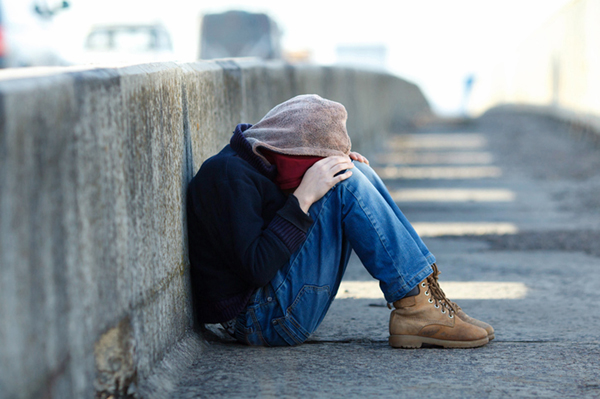- La Feria Community Holds Succesful Business Mixer Event
- Little Nashville to Take Place in Downtown Mercedes
- Lions Basketball Captures District Gold
- La Feria ISD Students Compete in Regional Chess Tournament
- Lions End First Half of 32-4A on a High Note
- La Feria ISD Held Another Successful Parent Conference
- Strong Appearance for Lions at Hidalgo Power Meet
- LFECHS Students Get to Meet Local Actress
- Students Participate in Marine Biology Camp
- Two LFECHS Students Qualify for All-State Band
Survey: Texas Reduces Homelessness by 42 Percent Since 2007
- Updated: December 1, 2016

A federal survey shows that Texas has reduced the number of homeless people needing shelter by 42 percent since 2007. Photo: bodnarchuk/iStockphoto
by Mark Richardson
AUSTIN, Texas – Advocates for Texas’ homeless population are celebrating a federal report showing a significant reduction in the number of Texans who are homeless over the past decade.
According to the Department of Housing and Urban Development’s annual count, homelessness in Texas dropped by almost 42 percent from 2007 to 2016 – a period when the state’s overall population grew 13 percent. Eric Samuels, executive director at the Texas Homeless Network, said the progress is due to better funding and support, as well as new methods for housing the homeless.
“It’s either permanent support housing or rapid re-housing, right away. They’re not moving people through emergency shelter and transitional housing programs,” Samuels said. “Because they’re doing that and because they’re directing their funding towards those programs, we’re getting people out of homelessness faster.”
The HUD survey measured the number of people on the streets in a single 24-hour period in most American towns and cities. Samuels’ network helped conduct the annual point-in-time survey in Texas. The group also provides training to agencies tackling homelessness.
Texas had some advantages in the survey, Samuels said, including lower housing costs and a somewhat better job market than in many states. But he said that helping groups like the chronically homeless and veterans remains a challenge.
“To be chronically homeless, you have to be on the street for a long duration of time or have frequent episodes of homelessness and have a disabling condition,” Samuels explained. “One of the disabling conditions often is a mental illness. The news there is good because we are getting a lot of those folks off the street.”
He said another major factor in the state’s performance was that the federal government has increased funding for homeless programs in Texas by 70 percent since 2005.
“I think we just need to keep up the effort from our local communities and in our governmental officials in regard to this emphasis on ending homelessness for all groups,” Samuels said; “especially lately with the veterans and chronically homeless.”
Having 23,000 people still living on Texas streets is not an acceptable situation, he said. But advocates are proud of what the state has accomplished over the past decade.


